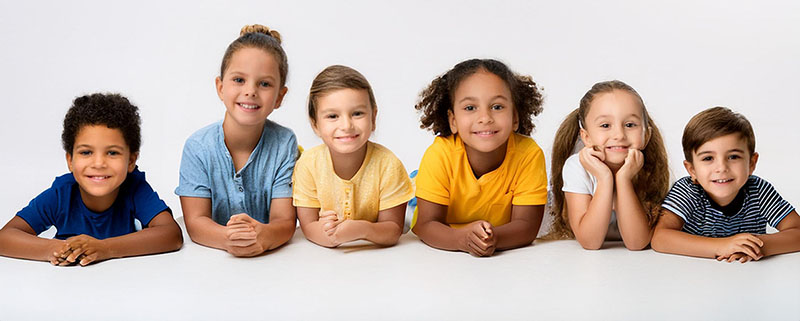About BEST

Who is BEST for?
Building Early Sentences Therapy (BEST) is a language intervention for children aged 3-6 with significant language difficulties. This means children who are unable, or find it difficult to produce and/or understand sentences with 2, 3 and 4 clause elements e.g.: ‘the boy (1) is giving (2) a banana (3) to a baby (4)’. BEST was developed by Professor Cristina McKean, Dr Sean Pert and Dr Carol Stow.
How does it work?
BEST aims to change children’s underlying linguistic representations of the elements of a sentence so they can use sentences more flexibly, which may increase their rate of language progress. The intervention does not replace learning language through play, but it is an additional more structured approach for those who need a little extra help.
The key focus of this intervention is that the child receives good input – this means that the focus is on learning through listening. The children hear the therapist and the other children in the group use a range of sentences at the same time as seeing it acted out with toys. The sentences are also signed to provide further visual support. The sentences are repeated lots of times to help the children learn and remember them. BEST can seem repetitive, but we know that children with language learning difficulties need up to 10 times more repetitions to learn a word than other children. The sentence presentation in each session is very structured, but the therapy approach is informal in style. As long as the children are happy and engaged, we know they will be learning from hearing the language in the group and seeing the actions acted out.
Delivering BEST

BEST stages
BEST is made up of a number of stages, you can find out about these stages on the following pages:
- Eligibility assessment
- Baseline assessment
- BEST sessions
- Homework
- Outcome assessment
- Post-treatment review
Who can deliver BEST?
- Speech and Language Therapists (SLTs)
- Speech and language Therapy Assistants (SLTAs)
- Teachers
- Teaching Assistants (TAs)
- Special Educational Needs Coordinators (SENCOs).
Schools who want to use BEST in their setting should work closely with their Speech and Language Therapy service for support and guidance.
See the FAQ page for information about training.
Homework
BEST comes with simple Homework Booklets, following each of the 16 sessions, allowing caregivers to provide extra language support at home. The focus again is on listening; the children hear the sentences that they heard in the group session in school. This can help them to develop a model of how different spoken sentences are formed.
Key features
- Aim is to support children’s understanding and use of sentences
- Delivered in short, 15 minute group sessions (twice a week for 8 weeks = 16 sessions)
- The focus is on learning through listening
- Repetition is important for children with language difficulties
- More information about BEST can be found in the BEST Manual (pdf).
If you would like to know more about the theory and evidence behind BEST, please visit the Language Intervention in The Early Years (LIVELY) website
